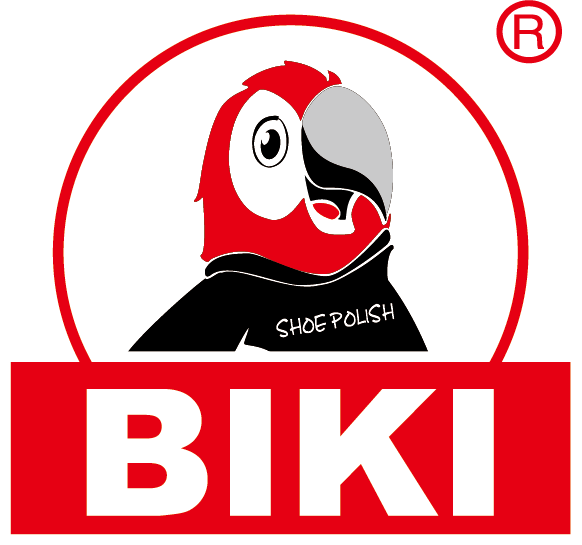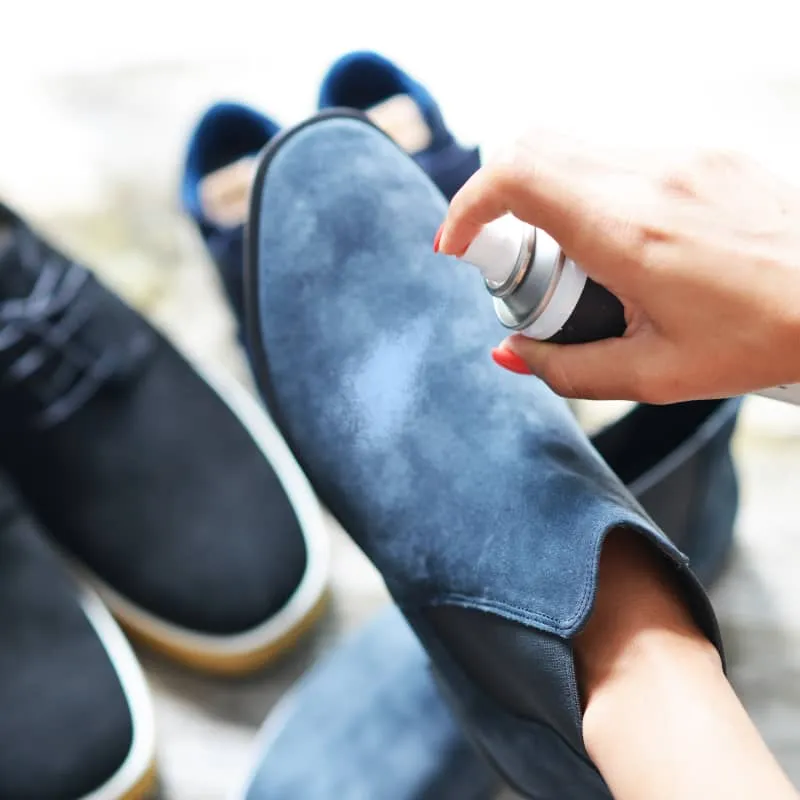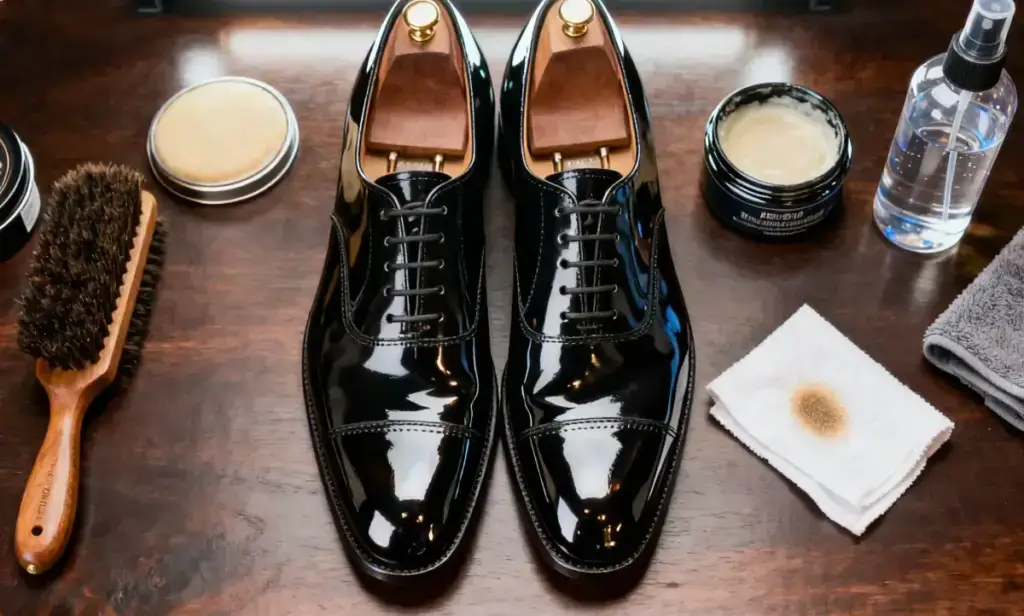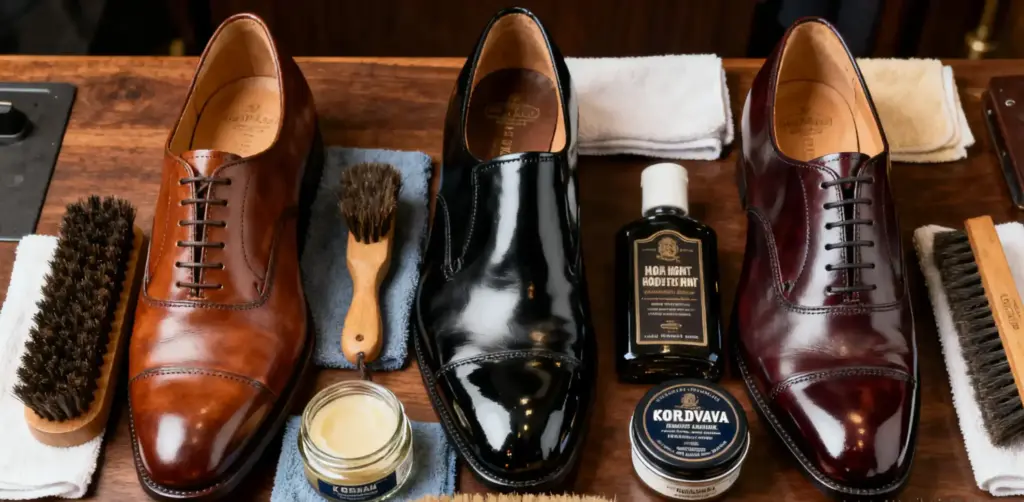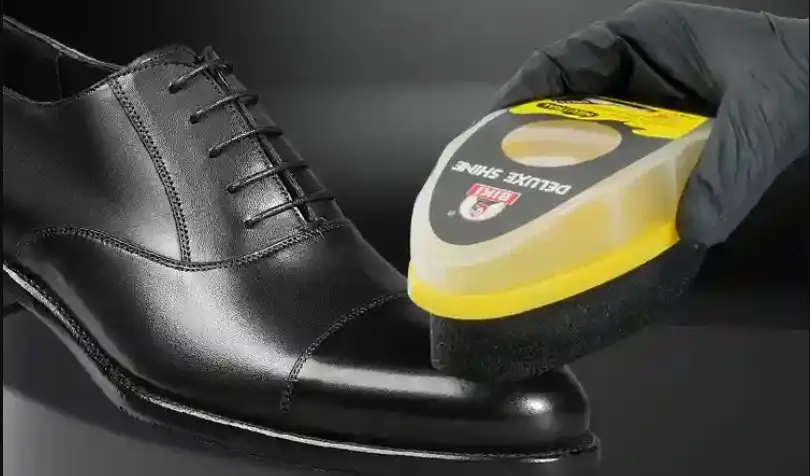The maintenance and care of heavy leather products such as work boots, saddles, or vintage jackets go beyond the use of just a simple conditioner. One needs a solution that has been proven to be highly effective, and it should also be quite potent. The three old-school—mink oil, neatsfoot oil, and beeswax—are entwined with debates and myths. What would be the most effective one for leather to be waterproofed? And which one instead could be more damaging to your stitching?
This full guide will be your right companion during all your queries regarding the disputes. We will present these three natural leather conditioners one against the other with respect to the enduring time factor, which will imply directly which garment should be chosen for repairing, softening, and protecting your gear.
Mink Oil vs. Neatsfoot Oil vs. Beeswax: The Main Difference
If you don’t need to review in depth, the one element separating them is what they do best. Each product serves its own special function for each job.
| Feature | Mink Oil | 100% Pure Neatsfoot Oil | Beeswax |
| Primary Function | Deep Conditioning & Waterproofing | Ultimate Softening & Restoring | Surface Protecting & Sealing |
| Best For | Work boots, Hiking boots | Stiff saddles, old baseball gloves | Finishing a polish, sealing seams |
| Darkening Effect | High | Moderate to High | Low to None |
| Breathability | Reduces | Maintains | Significantly Reduces |
| Key Concern | Over-softening, attracts dirt | “Rots stitching” myth (see below) | Can feel sticky, hard to apply |
What is Mink Oil Best Used For?
Mink oil is derived from the animal fat taken from mink pelts. It is composed of a lot of fatty acids like palmitoleic acid, which makes it suitable for softening leather and makes it a time-honored natural leather conditioner. People know it best for two things: deep conditioning and giving strong water resistance.
- Fantastic for breaking in: It is superb for very stiff new work boots or hiking boots. We applied a thin layer on new, stubborn work boots and the light tan leather color changed to a dark caramel color. This oil was well absorbed, and after 24 hours, breaking in the boots felt shorter and more comfortable.
- Strong water resistance: It creates a strong defense barrier that waterproofs it. Water will bead up on the treated leather and roll off.
- Restorative Conditioning: It adds lost oils back into leather so that cracks don’t appear due to stress.
But the mink oil has other issues as well.
- Makes leather a lot darker: This is quite a big shift. Any leather, particularly light colors, will be dark and rich. Always test on a small, hidden spot first.
- Probably greasy and attracts dirt: Mink oil, when excess is used, could be left on the surface as a sticky that dirt and dust accumulate on. Minimum of it gives you the best results.
- Cuts down on breathability: The heavy oils can clog the pores of the leather. This may not work well in a situation where you are wearing shoes in hot weather and need sweat to get out.
When Neatsfoot Oil Should Be Used?
Neatsfoot oil is a pale yellow oil that comes from the shin bones and feet of cattle. It is said to have been the top-rated natural leather conditioner for saddle makers and leather tanners for many years.
Its primary purpose is not waterproofing, but rather softening and repairing the leather.
- Incredible softening power: It is unbeatable for bringing very stiff, dry, and brittle leather back to life. It goes deep inside to restore flexibility from the inside, thus making old leather feel soft again.
- Perfect for fixing old leather: This is perfect for horse gear, old baseball gloves, or antique leather goods that have become hard and unusable with age. It can save a piece of leather from cracking apart.
The important concerns when using neatsfoot oil are its drawbacks.
- Makes leather a lot darker: Like mink oil, it will darken most leathers. The effect might be a little less strong, but you should still expect a clear color change.
- The “rot stitching” worry: This is the most significant misunderstanding about the product. It is a false story that always reappears, which we will explain next.
Does Neatsfoot Oil Really Rot the Stitching on My Boots?
Does neatsfoot oil rot the threads on my boots? It’s a question many people have. The short answer is no, but the long one may be a bit complicated. To clarify it shows how this myth was created.
For years it has been said that neatsfoot oil has been responsible for the stitching on boots and saddles becoming weaker and even falling off.
The fact is the source of the myth is not pure the neatsfoot oil but a different kind of product: Neatsfoot Oil Compound. This is a cheaper, counterfeit product that you must avoid. Neatsfoot Oil Compound contains petroleum products and other mineral oils. These materials may, throughout the years, damage and weaken the old-style natural threads made of linen or cotton.
The answer is simple: just stick with 100% Pure Neatsfoot Oil.
Modern, high-quality boots and gear are made primarily of synthetic threads like nylon or polyester. Such a material is hard, resistant to chemicals, and long-lasting. The 100% Pure Neatsfoot Oil is a natural animal oil. It has no effect on modern synthetic thread, so it won’t rot or break them.
The choice between Pure Neatsfoot Oil and the statement about “neatsfoot oil rotting stitches” is not valid if using pure oil and modern tools. Read the label and only buy the 100% Pure Neatsfoot Oil.
What Are the Benefits of Using Beeswax on Leather?
Honey-bees are the origin of beeswax, a natural wax. It’s a material that is high on protection as well as being stable and solid, but it plays a very different role from the oils.
Beeswax is a surface protector and sealer, not a conditioner.
- Impressive top-coat for waterproofing: It forms a physical barrier on the leather’s surface that holds the water away very effectively. Instead of the oils which go in, it rests on the leather’s surface.
- Offers a beautiful, low-sheen finish: It is used for thin-line knife sheaths or to seal and protect seams on boots where water often gets in.
- Does not spoil: Unlike some raw oils, beeswax has a long lifespan and remains stable.Understanding the disadvantages of beeswax is essential.
- Gives very little conditioning: It does not penetrate deep to feed the leather fibers. It protects, but it does not soften. Using only beeswax on dry leather will cause cracking.
- Can be hard to apply when pure: Solid beeswax is difficult to work into leather. It is usually mixed with oils in store products to facilitate usage.
- Significantly cuts down on breathability: By sealing the surface, it prevents moisture from escaping. This can pose a major issue for shoes, causing sweaty feet and a damp inside.
Which One is the Best for Waterproofing My Boots?
This query is a very common one so let’s analyze in detail. When we refer to the best leather waterproofer we are talking about a product that offers both good protection and functionality.
Level 1: Good Water Resistance (Mink Oil)
Mink oil goes into the leather and conditions it while giving a high level of water resistance. Water will form beads and roll off. It’s a great all-in-one solution for moderate wet conditions.
Level 2: Great Surface Sealing (Beeswax)
Beeswax offers the strongest surface-level waterproofing. It creates a physical barrier that water simply cannot get through. It’s the absolute best for sealing seams, the most vulnerable part of any boot against water.
Level 3: Low Water Resistance (Neatsfoot Oil)
While it conditions deeply, pure neatsfoot oil offers minimal waterproofing. Its main job is to soften and restore flexibility, not to seal out moisture.
The Expert Mix
For long-lasting waterproofing on your work boots or hiking boots, many experts use a two-step process. The first step is to condition the leather with a light coat of mink oil. After it is absorbed, the second step is to apply a beeswax-based product over the top, making sure to pay extra attention to the seams and the welt.
Which One Should I Choose for My Specific Needs?
In the end, the choice is fully dependent on your goal. Below are our specific suggestions based on different cases.
For Maximum Waterproofing on Work Boots:
Your idea is a two-step strategy. First, deep condition with a light application of mink oil for water resistance. Fully absorb it, and then, as a final step, apply a mixture of beeswax on the seams and high-wear areas for an excellent, tough seal.
For Repairing an Old, Stiff Baseball Glove:
Your plan is exclusively 100% Pure Neatsfoot Oil. This one steals the prize easily. Its power of soaking deeply into and softening dried-out leather is unmatched. Use it in thin coats, allowing them to soak in fully before the next one.
For Breaking In New Hiking Boots:
Your plan employs mink oil. It is the tried-and-true choice, providing both the softening for comfort and the water resistance that is needed for the trail from day one.
For a Natural Finish on a Veg-Tan Sheath:
Your plan is to use beeswax. A simple application of melted beeswax, often mixed with other oils, will give you a semi-glossy, water-resistant shield that will not darken the leather too much, hence preserving its natural look.
Final Takeaway
There is no one “best” product, only the right tool for the job. Mink oil conditions and waterproofs. Neatsfoot oil softens and restores. Beeswax seals and protects. Knowing their unique characteristics, you can now make expert-level decisions for your top leather belongings, extending their lifespan for generations.
For Professional Brands
For brands manufacturing products for the rugged outdoors, horse riding, or heritage markets, the choice of conditioning agent is a core part of the brand’s identity. BIKI specializes in creating custom formulations that blend these powerful natural oils and waxes to deliver the necessary performance. Contact us to create a private label leather care solution that withstands the demands of the toughest environments.

